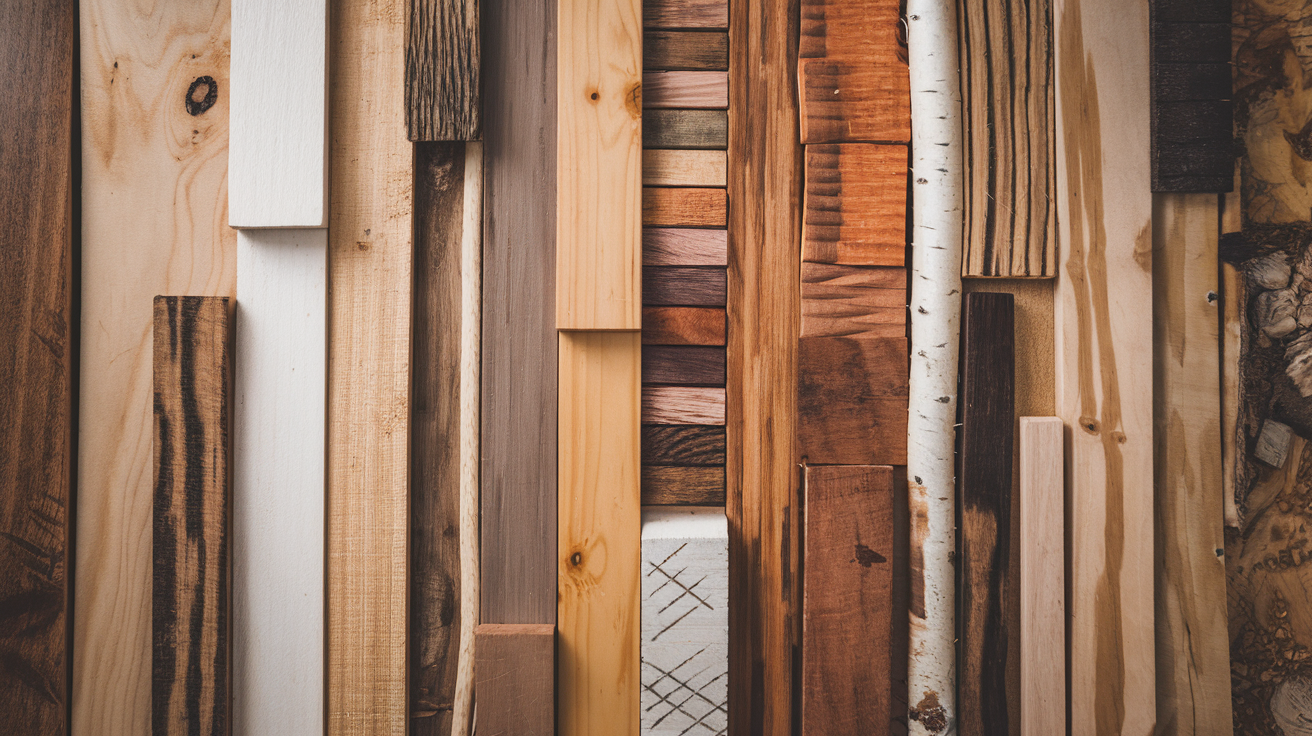Imagine steping into a room where the walls seem to talk. Each piece of art has its own tale, and every texture lends depth. Wood wall art can totally change a space, and picking the right material can raise your design game. Wood, noted for its natural appeal and flexibility, ranks high among DIY wall decor fans. Maybe you’re making a loud statement piece or a quiet, simple design. The kind of wood you choose can greatly affect how your artwork ends up looking, its mood, and how long it lasts.
We will guide you through the top wood suited for wood for DIY wall decor, each with its own characteristics, good and bad. Maybe you aim for the countryside charm of pine or the graceful vibe of walnut, the ideal choice awaits for your art. Let’s get into it!
| Wood Type | Pros | Cons |
|---|---|---|
| Pine | Lightweight, easy to handle, budget-friendly, ideal for rustic designs. | Prone to dents and scratches, limited grain and color variety. |
| Cedar | Resistant to rot and insects, durable for indoor/outdoor use, pleasant aroma. | Slightly expensive, scratches easily. |
| Plywood | Smooth surface for painting, affordable, widely available. | Can warp if not sealed, lacks natural grain. |
| Maple | Durable, fine grain, smooth finish for intricate designs. | Hard to cut, can be expensive. |
| Walnut | Luxurious, rich dark tones, highly durable, beautiful grain. | Expensive, heavy. |
| Oak | Strong, durable, distinctive grain pattern. | Requires sealing, expensive. |
| Birch | Smooth surface for painting, affordable, easy to source. | Splinters easily, not as durable as hardwoods. |
| Cherry | Rich reddish tones, polishes well, elegant finish. | Expensive, darkens with age. |
| Basswood | Soft, easy to carve, smooth finish. | Not very durable, dents easily, not moisture-resistant. |
| Reclaimed Wood | Eco-friendly, unique texture, great for rustic or industrial designs. | Requires preparation, variable quality. |
Best Types Of Wood for DIY Wall Art Projects
1. Pine
Pine wood is top-notch for wall art. Newbies especially find it appealing. It doesn’t break the bank and its multiuse nature makes it a hit for all sorts of DIY wall decor tasks. The faint color and understated pattern of pine blend smoothly across design trends, be it rustic, farmhouse, or modish.
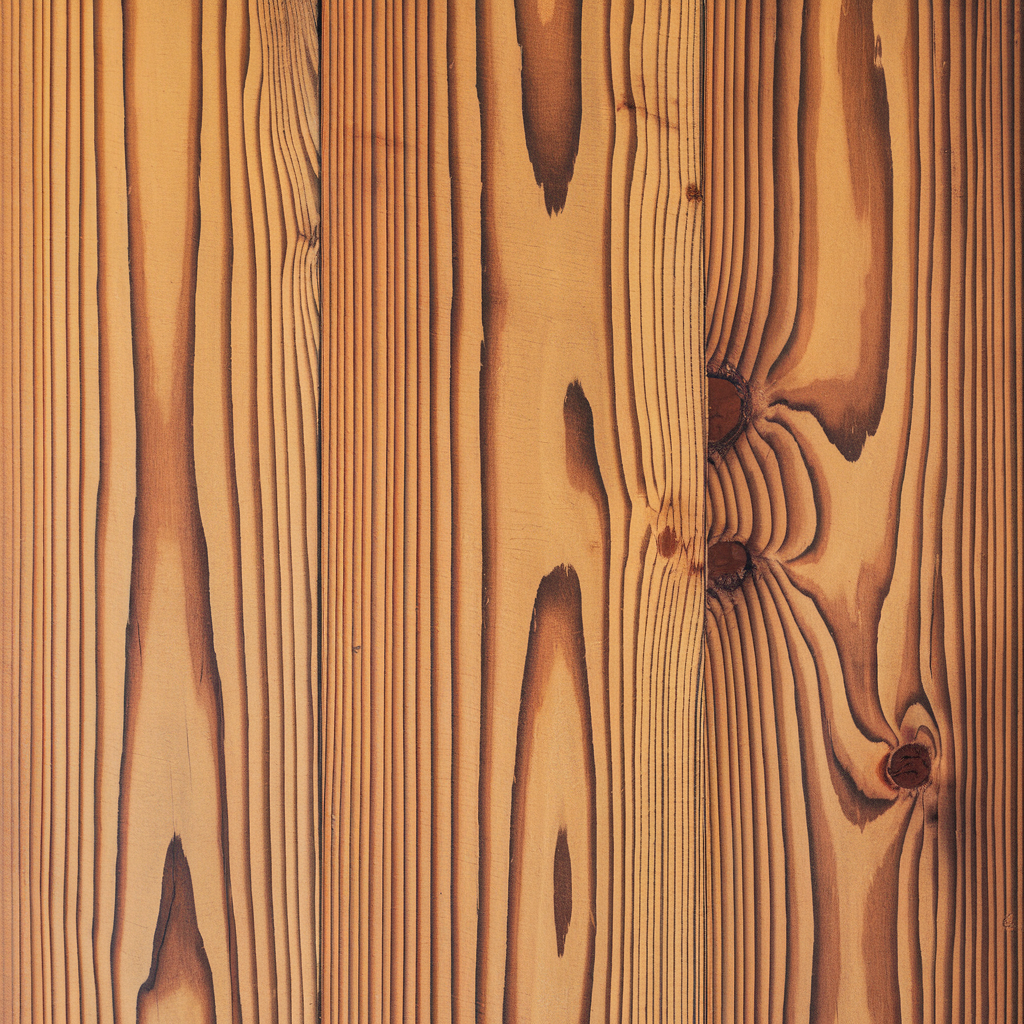
Pros:
- Lightweight and Easy to Handle: Pine is simple to cut and shape, making it ideal for detailed wood wall art projects.
- Budget-Friendly and Readily Available: A cost-effective option for large or multiple pieces of DIY wall decor.
- Perfect for Rustic Styles: Its natural knots and grain patterns add character to your designs.
Cons:
- Prone to Damage: Pine is a softwood, so it’s susceptible to dents and scratches over time.
- Limited Grain Variety: Lacks the dramatic textures found in hardwoods, which may not appeal to those seeking bold designs.
2. Cedar
Cedar stands out as a favorite for DIY wall adornments, particularly for outside undertakings. Its inborn ability to resist rot and bugs positions it as an excellent material for wall crafts destined to endure in damp or open-air locales. Not to forget Cedar’s distinct scent that adds a charm to indoor locations.
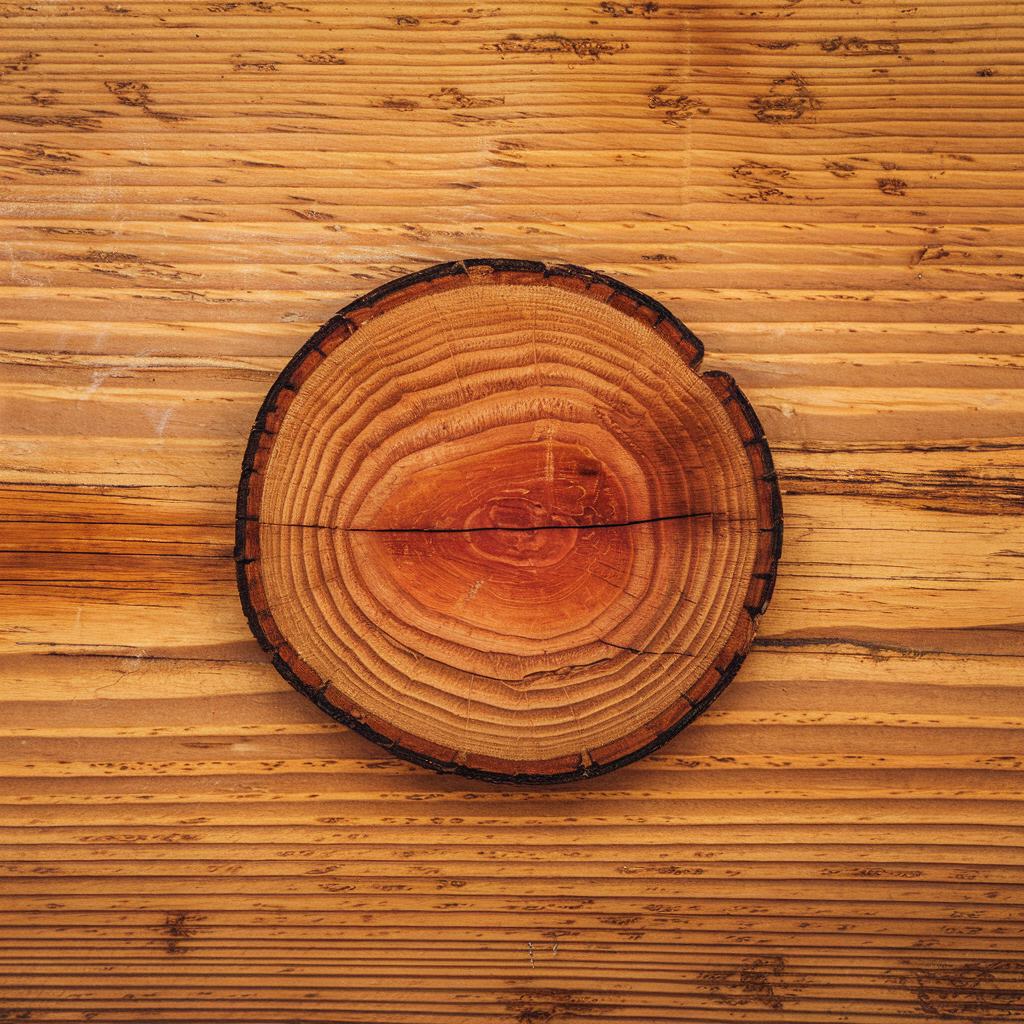
Pros:
- Rot and Insect Resistant: Cedar is durable and well-suited for projects in bathrooms, kitchens, or outdoor spaces.
- Aesthetic Appeal: The reddish tones of cedar bring a warm and natural look to wall decor.
Cons:
- Susceptible to Scratches: Its softer surface can be marked easily during crafting.
- Moderately Priced: Cedar is more expensive than pine but offers greater longevity.
3. Plywood
Plywood is really handy for all sorts of art projects. What makes it great for painted or stenciled wood wall art? It’s super smooth. Being engineered wood, plywood doesn’t hurt the wallet. It also comes in different thicknesses. Perfect if you’re into making light DIY wall decorations.
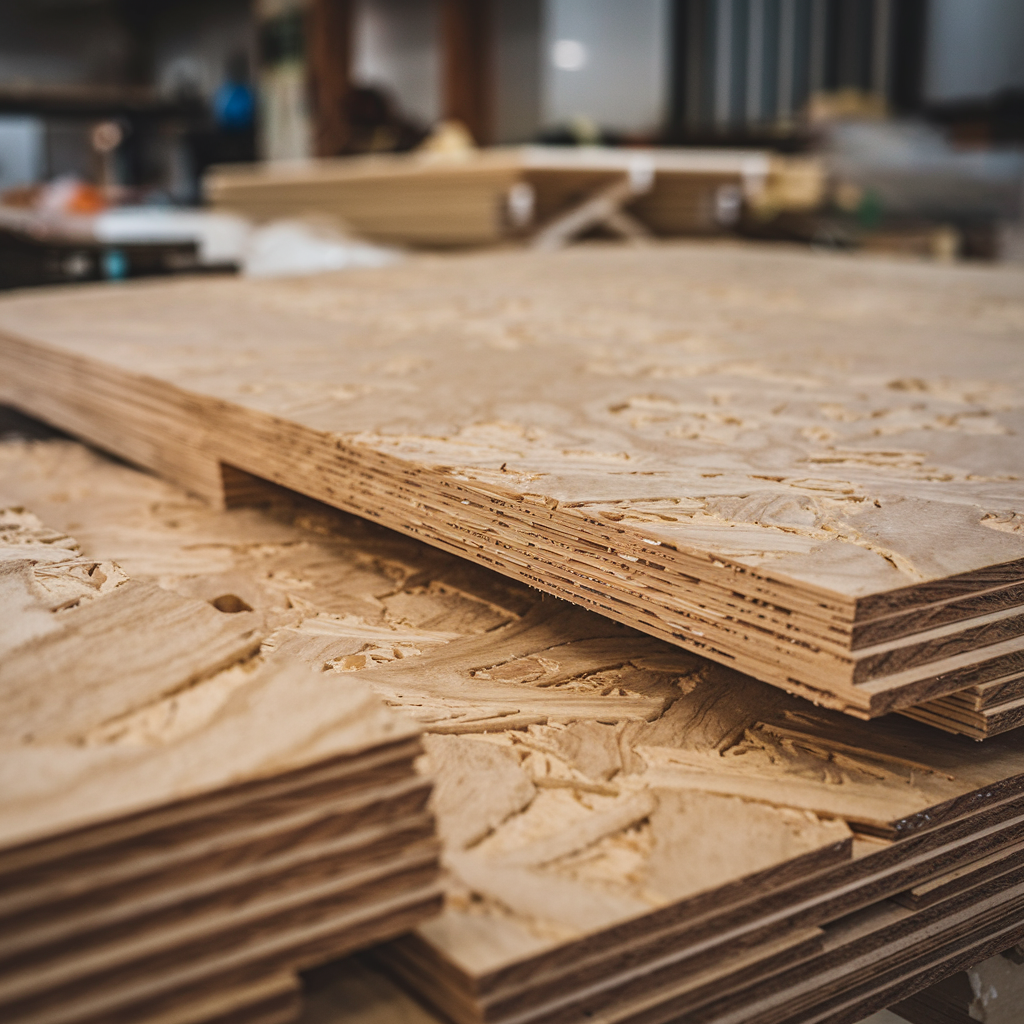
Pros:
- Perfect for Painting: The smooth and even surface is great for bold designs, stencils, or decals.
- Affordable: A cost-effective choice for larger or more intricate wood wall art pieces.
- Widely Available: Found at almost any hardware store, making it easy to source.
Cons:
- Warping Risk: Needs sealing to avoid damage in humid conditions.
- Plain Appearance: Lacks the natural beauty of solid wood grain.
4. Maple
Maple, a solid hardwood, is notable for its strength and uniform texture. It’s a top pick for wall art needing elaborate details or high-quality finishes. With its pale shade and sleek touch, it’s ideal for refined DIY wall décor assignments.
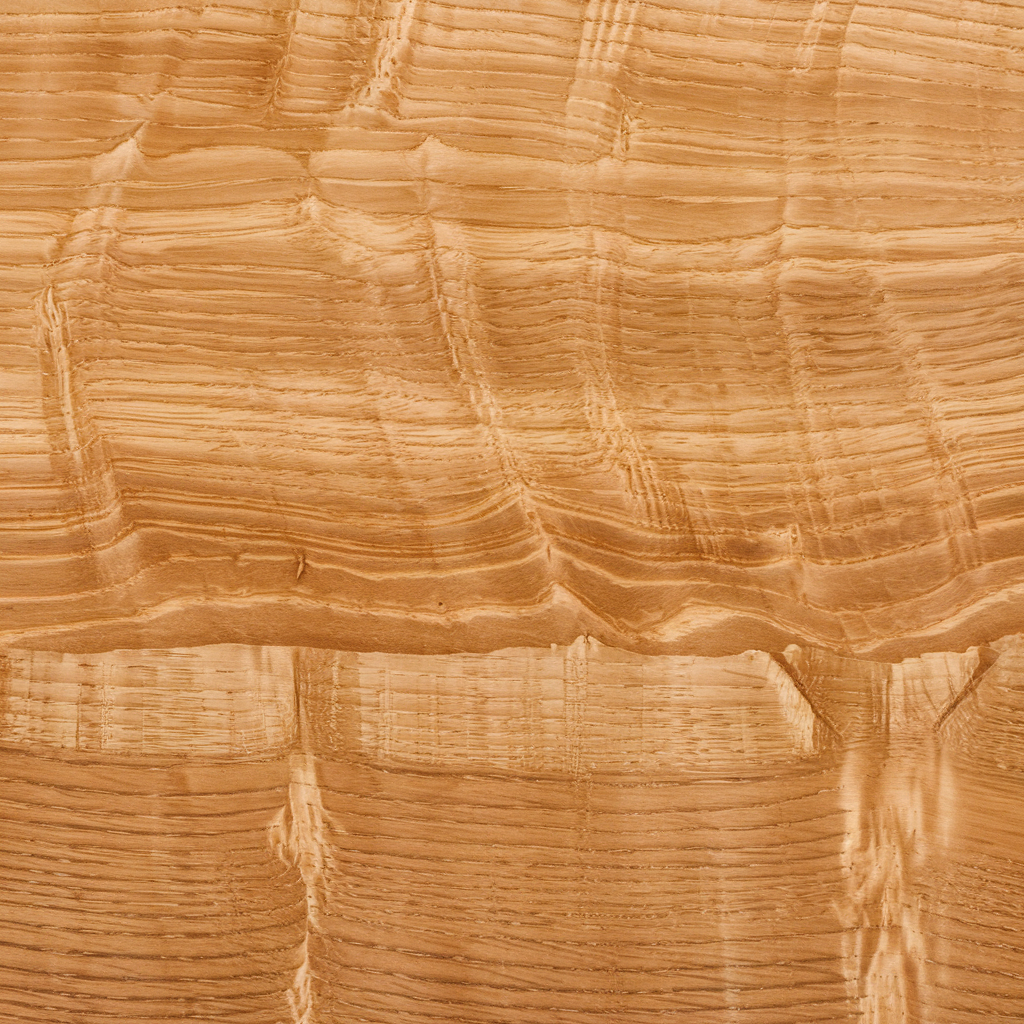
Pros:
- Strong and Durable: Withstands wear and tear, ensuring longevity for your wood wall art.
- Smooth Grain: Offers a polished and professional look, ideal for upscale wall decor.
Cons:
- Hard to Work With: Maple’s density makes it more challenging to cut and shape, requiring sharp tools and extra effort.
- Expensive: This premium wood comes with a higher price tag, but its quality justifies the cost.
5. Walnut
Walnut is a great pick for self-made wall decorations with its dark, grand color and special grain designs. If you want smart, upscale wall pieces, walnut is a top wood choice.
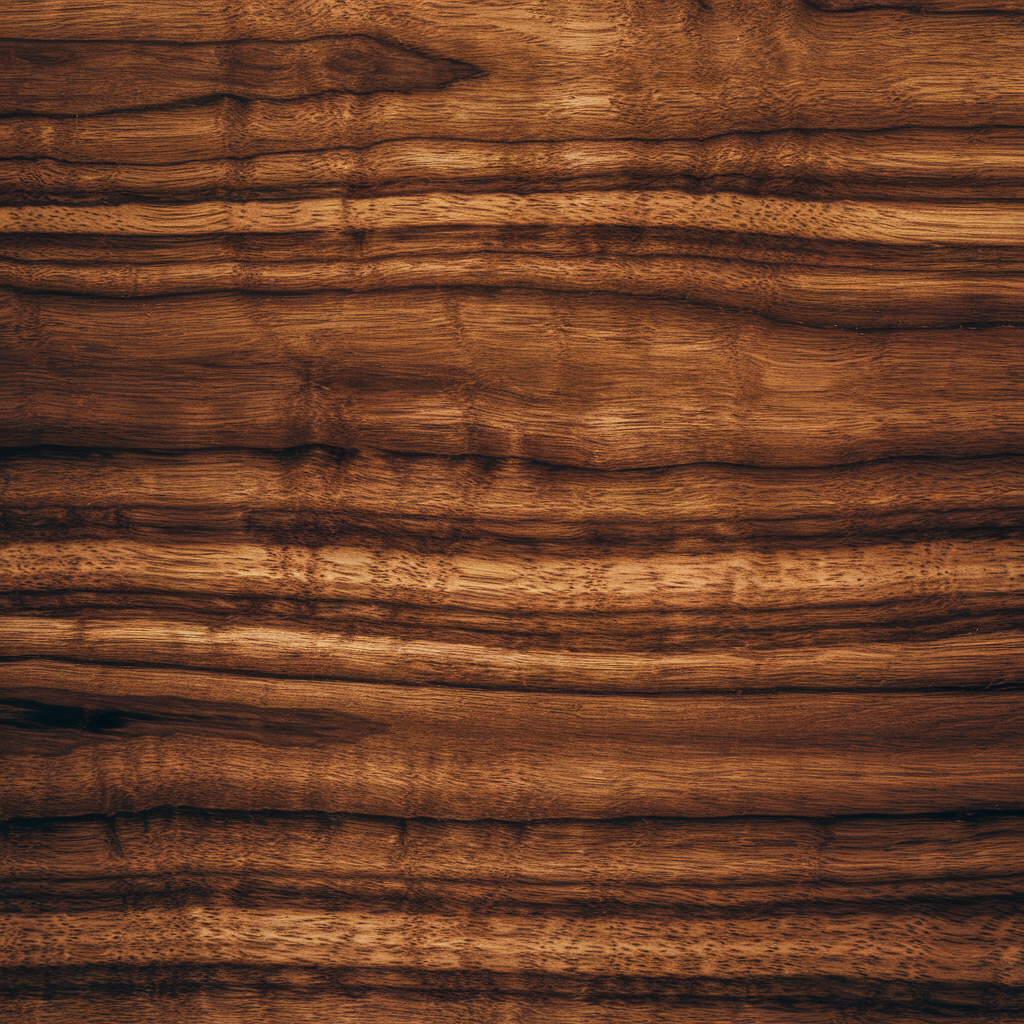
Pros:
- Elegant Appearance: Walnut’s dark hues and intricate grain patterns elevate any wood wood wall art project.
- Highly Durable: Strong and long-lasting, walnut is suitable for statement pieces.
Cons:
- Heavy: Its density makes it less suitable for larger wall decor that needs to be lightweight.
- Pricey: Walnut is one of the more expensive types of wood for art projects.
6. Oak
When choosing wood for wood wall art, oak stands out. It boasts strong grain patterns and unmatched toughness. This makes it suited for big wall decor pieces needing to turn heads.
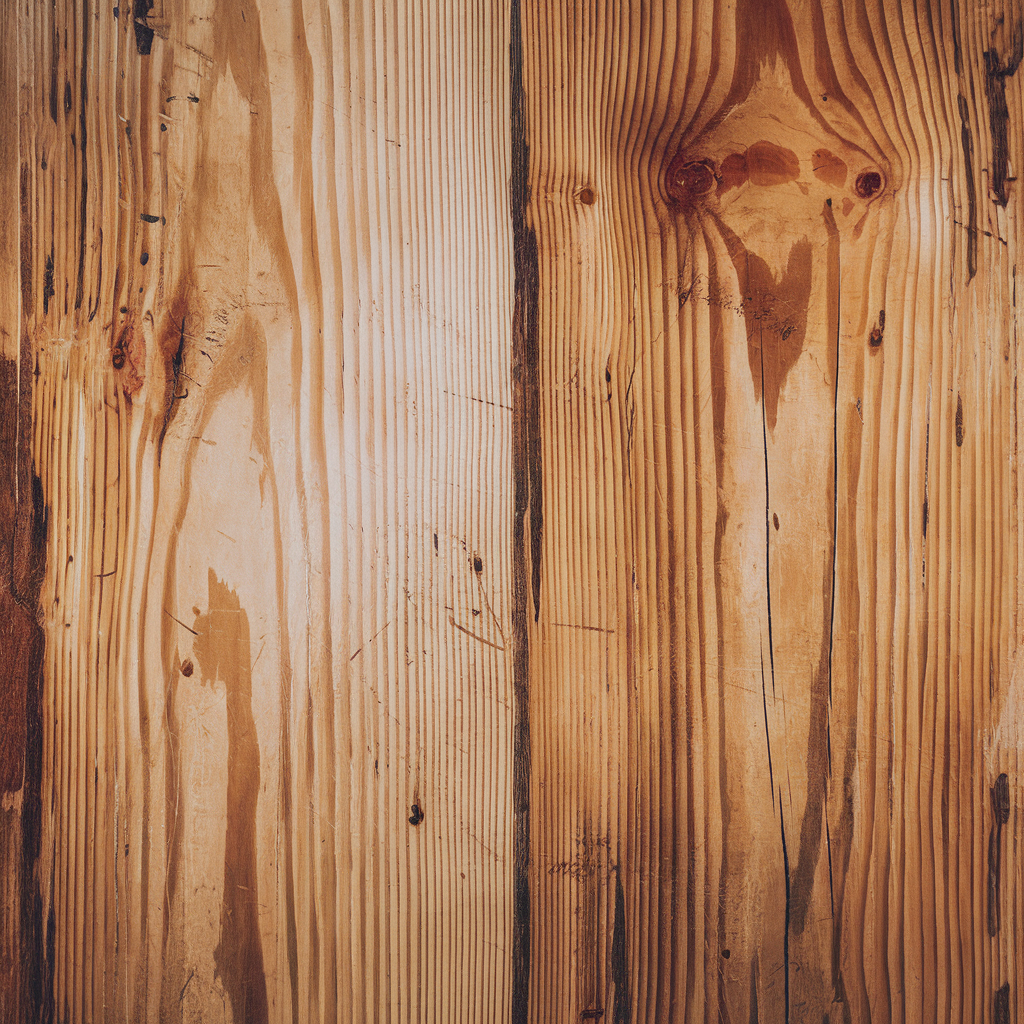
Pros:
- Sturdy and Reliable: Oak’s strength ensures that your artwork lasts for decades.
- Distinctive Grain: Adds character and texture, perfect for bold and impactful designs.
Cons:
- Moisture Sensitivity: Requires proper sealing to prevent damage in humid conditions.
- Expensive: Oak is a high-quality material with a corresponding price.
7. Birch
Birch is a perfect fit for DIY wood wall art with a minimalistic or contemporary feel. The light hue and even texture suits painted decorations or polished, uncluttered designs perfectly.
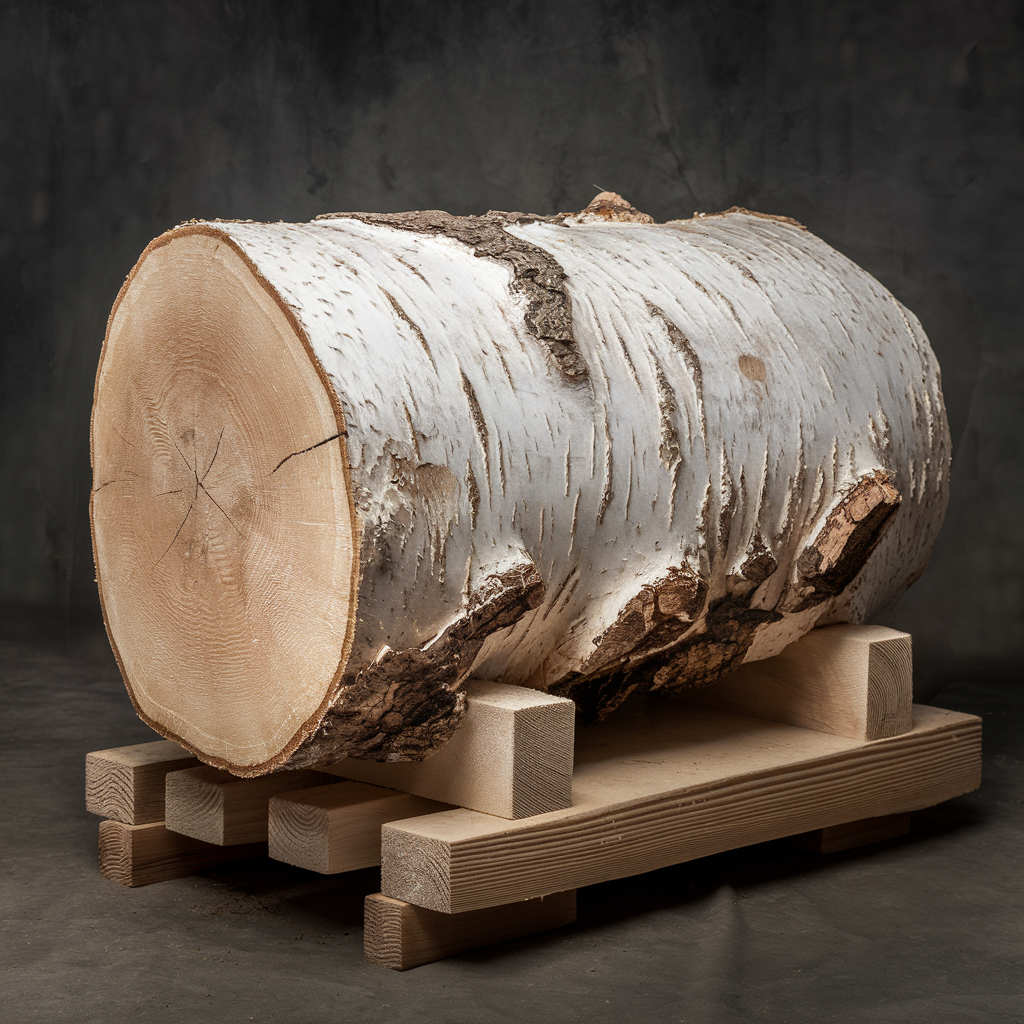
Pros:
- Smooth Surface: Great for painting or applying detailed designs.
- Budget-Friendly: An affordable option with good quality for the price.
Cons:
- Splinter-Prone: Needs careful handling when cutting or drilling.
- Less Durable: Not as resistant to wear as other hardwoods
8. Cherry
The deep red hues of cherry wood are perfect for warm, sophisticated wood wall art. This wood’s natural color brings extra dimension and personality to any DIY crafts, while its polished surface results in a smooth and refined appearance.
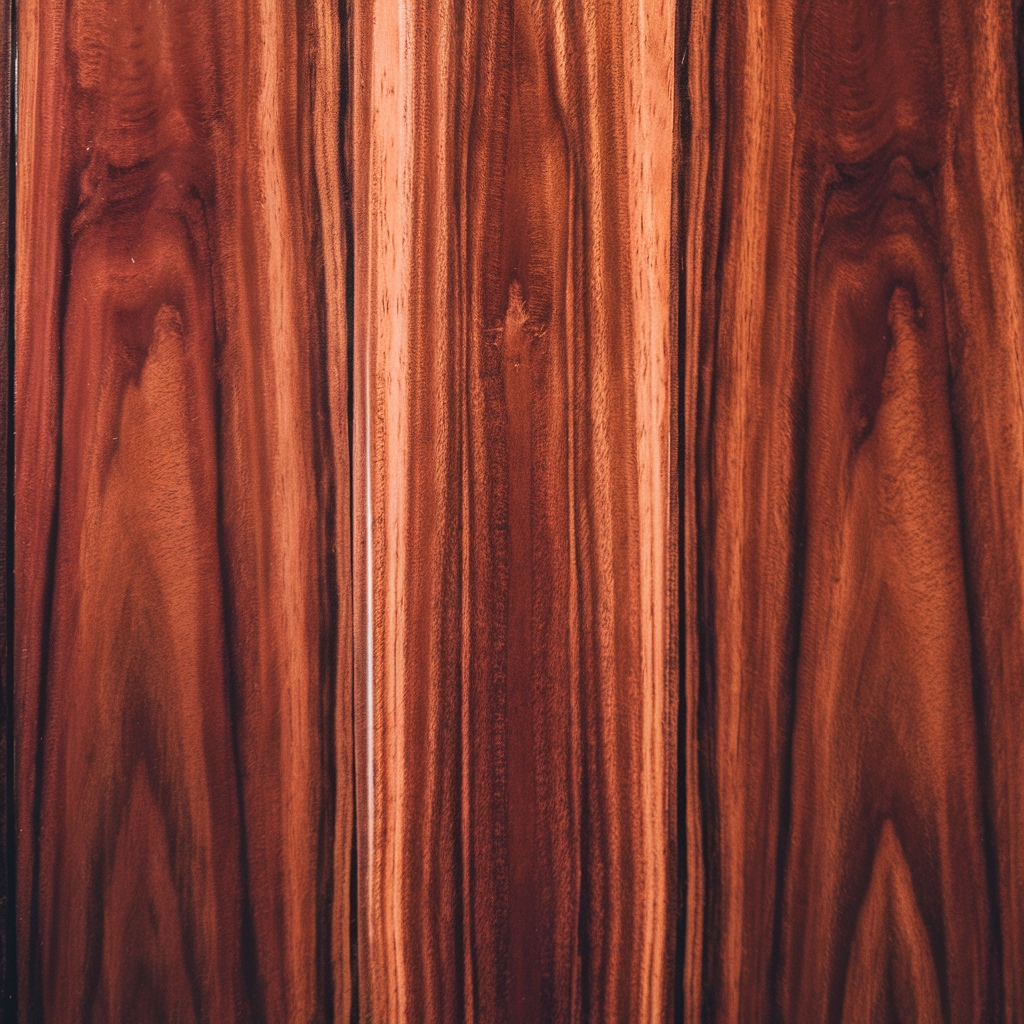
Pros:
- Natural Elegance: The rich hues of cherry eliminate the need for excessive staining.
- Polishes Exceptionally Well: Achieves a luxurious finish with minimal effort.
Cons:
- Expensive: Cherry is one of the pricier options for DIY wall decor.
- Color Changes Over Time: Its reddish tones deepen with age, which may not suit all designs.
9. Basswood
Basswood is light and pliable, making it great for detailed carvings or gentle homemade wall art projects. Its smooth texture suits paint or stain jobs, providing flexibility for artistic creations.
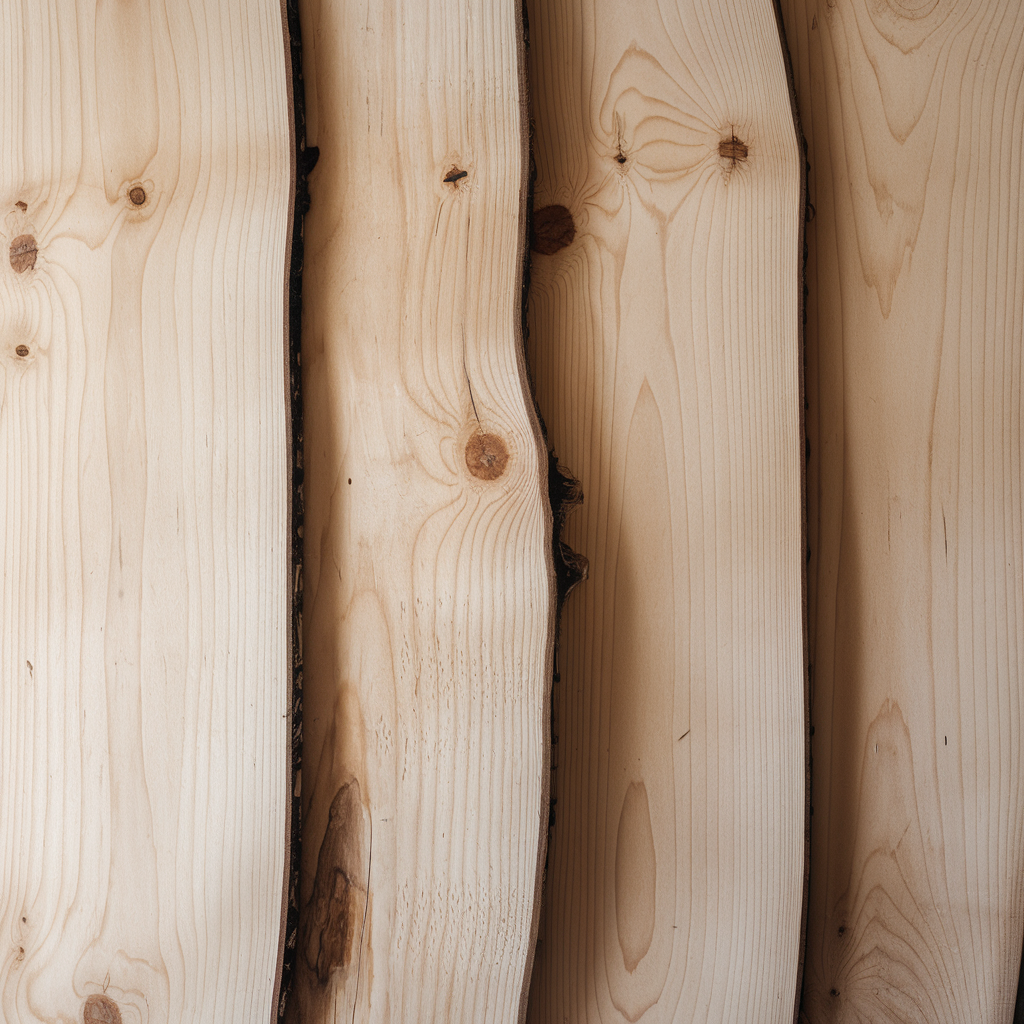
Pros:
- Easy to Work With: Its softness allows for precise cutting and shaping, making it great for beginners.
- Smooth Finish: Perfect for adding paint, decals, or intricate details.
Cons:
- Not Durable: Prone to dents and scratches, so it’s best for indoor projects.
- Moisture Issues: Needs sealing to protect against humidity.
10. Reclaimed Wood
If you’re a DIY fan and care about the environment, recycling wood is excellent for crafts. Its old look and special touch give a warming feel and personality to handmade or factory-style wall decorations.
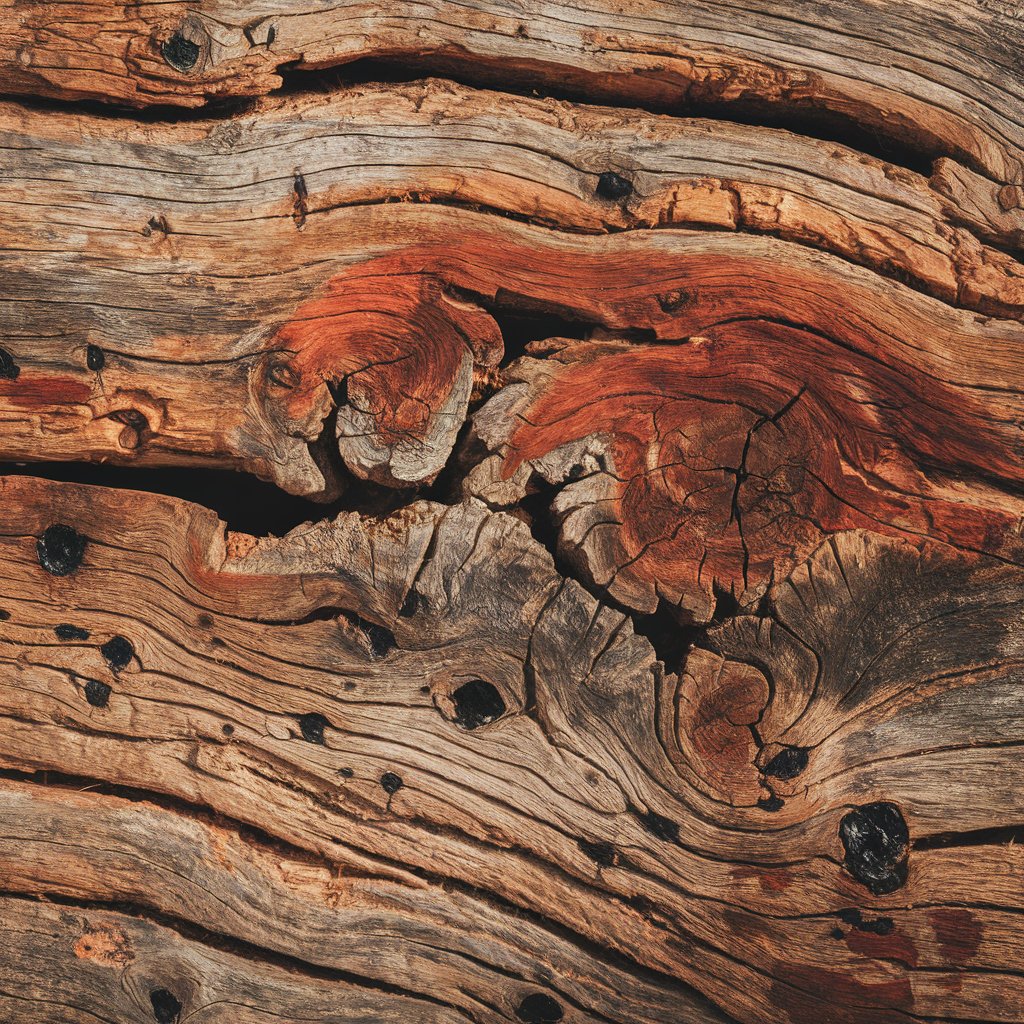
Pros:
- Sustainable Choice: Reusing wood reduces waste and promotes eco-friendly practices.
- Unique Look: Every piece has its own history, adding authenticity to your wall art.
Cons:
- Inconsistent Quality: Reclaimed wood may require extra preparation, such as sanding and sealing.
- Variable Availability: Finding high-quality reclaimed wood can be challenging.
Conclusion
DIY wood wall art projects need just the right wood. You might look for something cheap, something sturdy, or something that simply looks neat. The info in this guide can help you settle on the perfect material. Each kind of wood has good and bad points to weigh up. Match these to the needs of your project. You’ll be steps closer to making great, strong wall art. It’ll improve any spot it graces.

